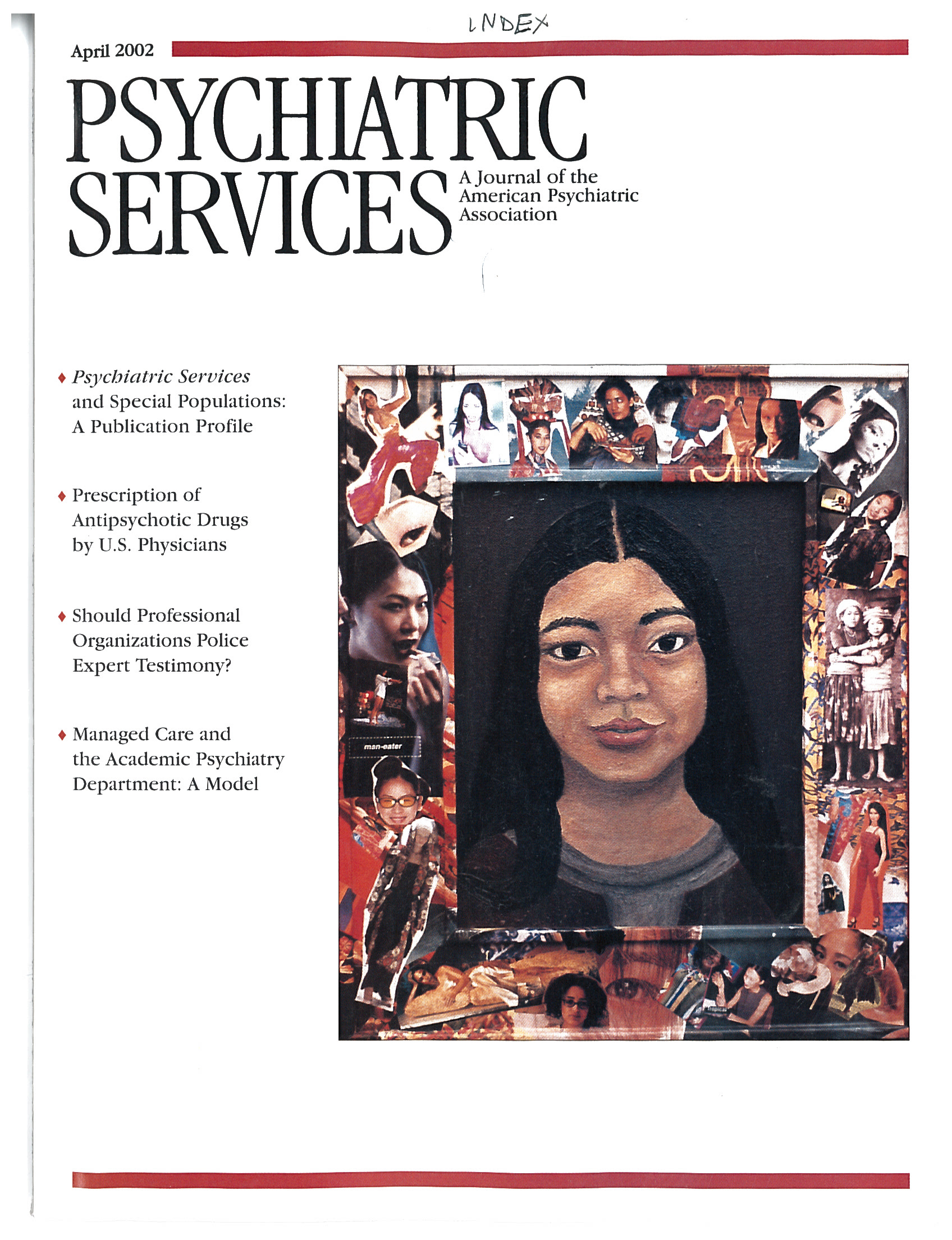Firearms Risk Management
In Reply: We thank Dr. Berg for addressing the issue of denial of violence and potential dangerousness among clinicians and institutions and in society as a whole. The issue of denial was perhaps only implicit in our article. That denial is rampant and powerful, however, was borne out by our search of the literature for reports of other programs such as ours: we found no similar programs.
It is also correct that we did not address other forms of gun violence, such as that related to gang violence, drug wars, and black-on-black violence. However, our intention was not to delineate all forms of gun violence or to debate the issue of gun control. Those issues are better addressed elsewhere. Our purpose was to describe our program of firearms risk management among psychiatrically hospitalized patients and, in doing so, to help raise clinicians' awareness. Greater awareness may help counter the pervasive denial that Dr. Berg has noted.
Dr. Berg called into question some of the data we presented. Our information was derived from articles in well-respected, peer-reviewed journals. The fact remains that the rate of firearm violence is greater in the United States than in any other industrialized nation (1). It is also a fact that individuals who purchase a handgun are more likely—in fact, 57 times as likely—to commit suicide in the week after purchasing the handgun than people in the general population who do not have a handgun (2).
One final comment: case managers in our mental health system are trained mental health professionals. We take comfort in the fact that two patients in our study turned their firearms over to their case managers rather than keeping their weapons "safe" by giving them to "qualified family or friends." In many cases, family and friends are a source of friction and may not be viewed by the patient in a neutral or generally positive light, as case managers are. The emphasis in our program is on safety, and case managers can and do enlist police assistance when necessary. Involving case managers or law enforcement personnel is but one part of our multidisciplinary assessment, treatment, and discharge planning program that has been shown to successfully neutralize access to firearms, even in high-risk populations.
1. Hemenway D: Regulation of firearms. New England Journal of Medicine 339:843-845, 1998Crossref, Medline, Google Scholar
2. Wintemute GJ, Parham CA, Beaumont JJ, et al: Mortality among recent purchasers of handguns. New England Journal of Medicine 341:1583-1589, 1999Crossref, Medline, Google Scholar



